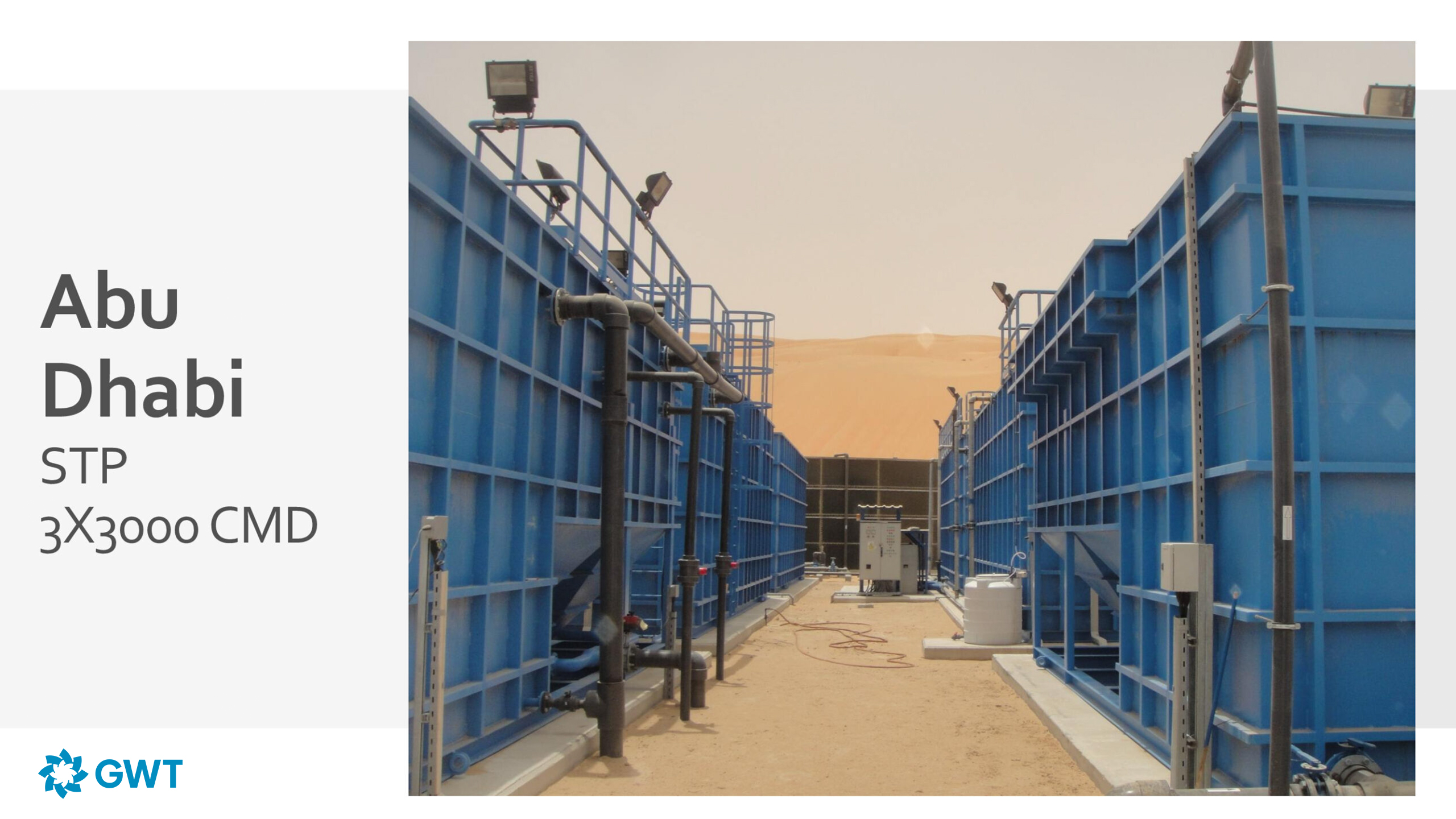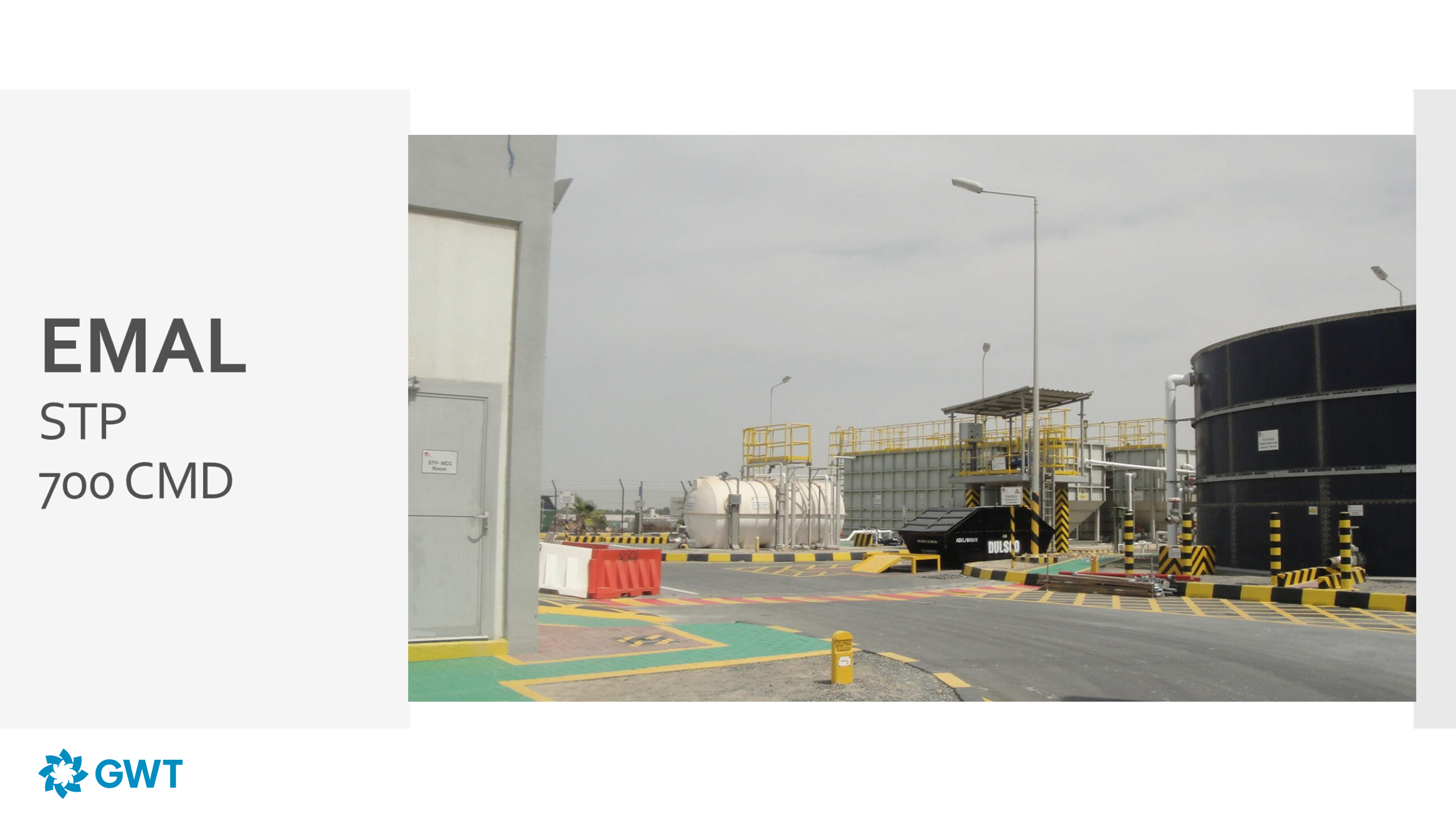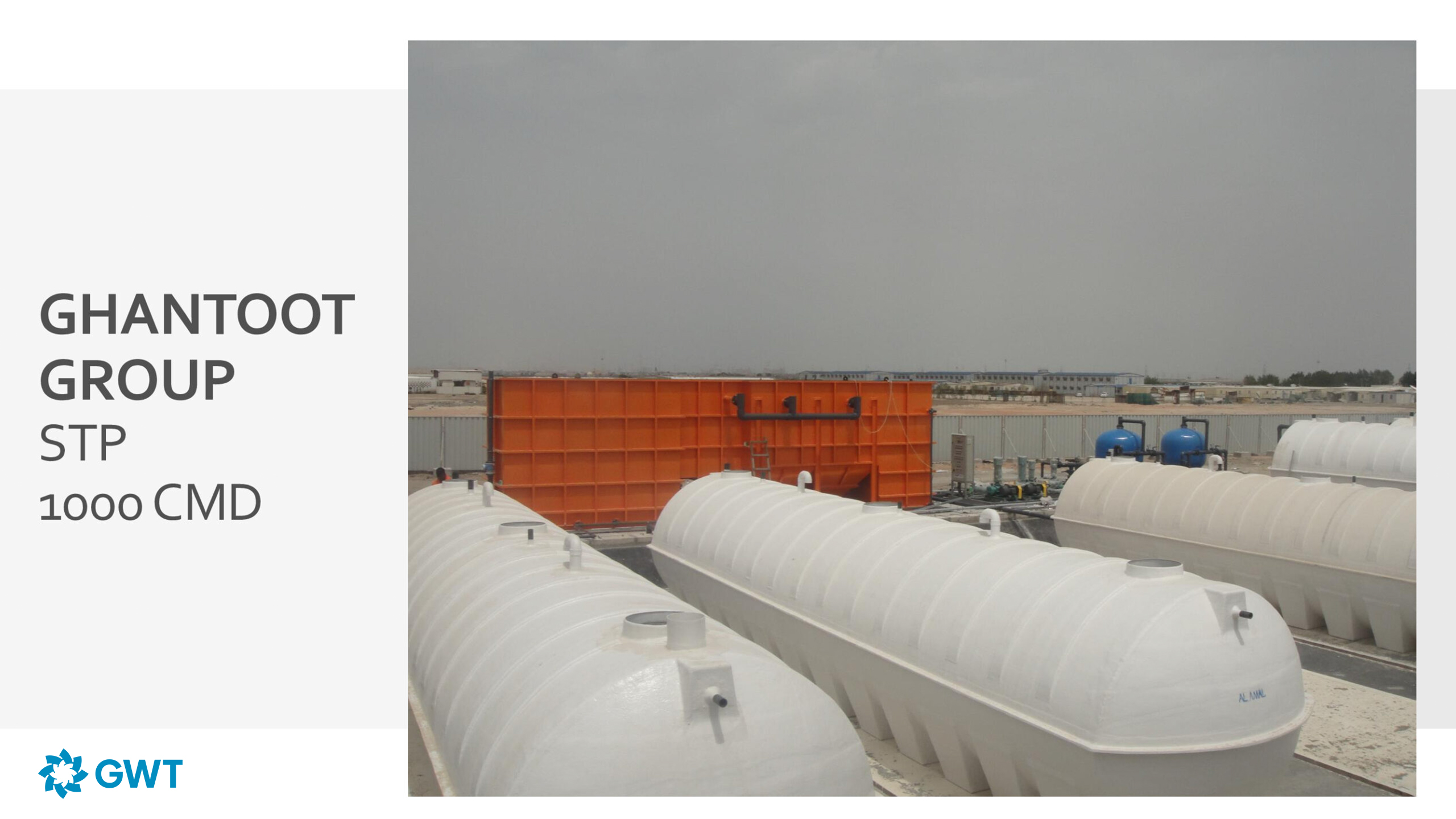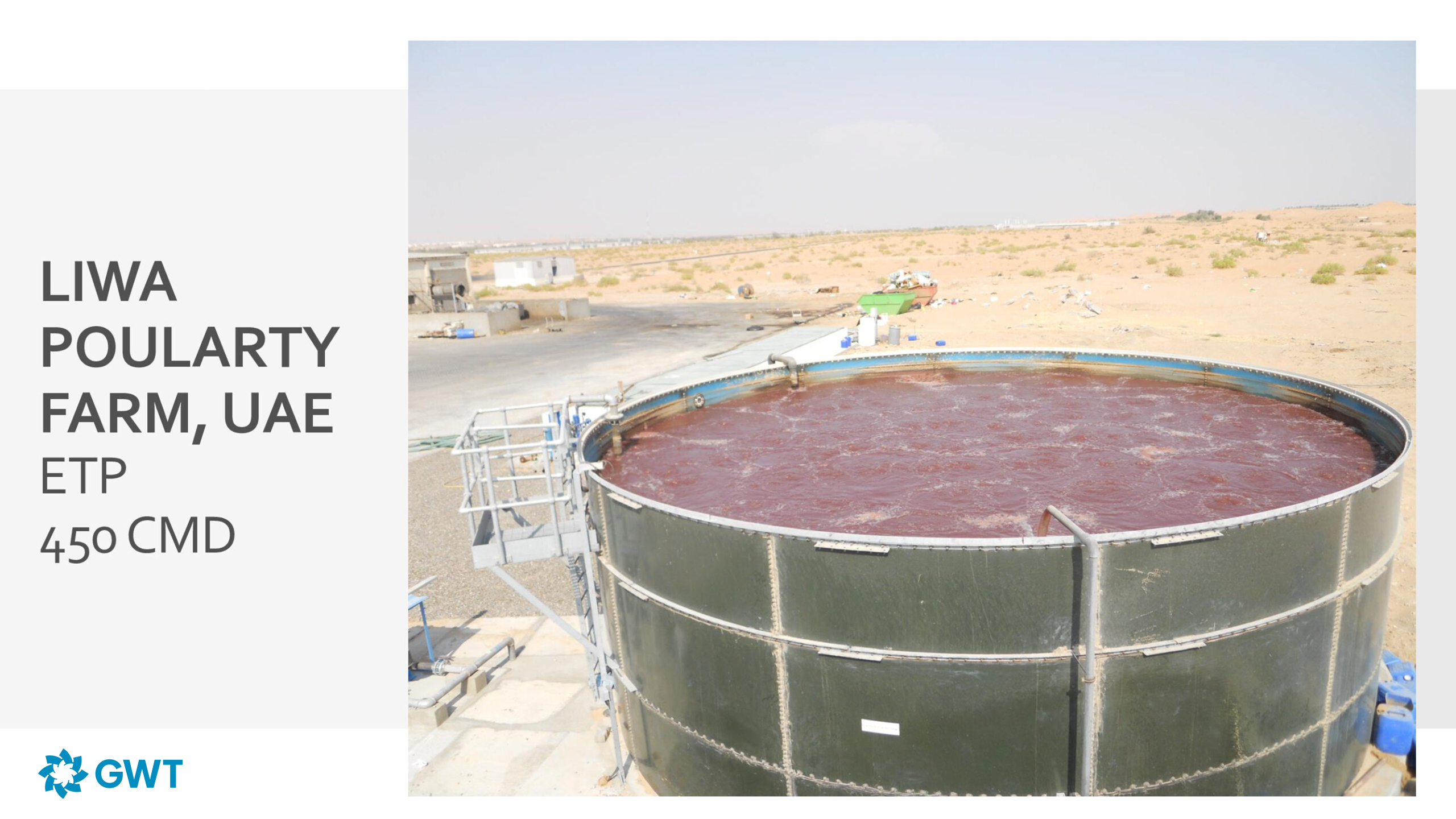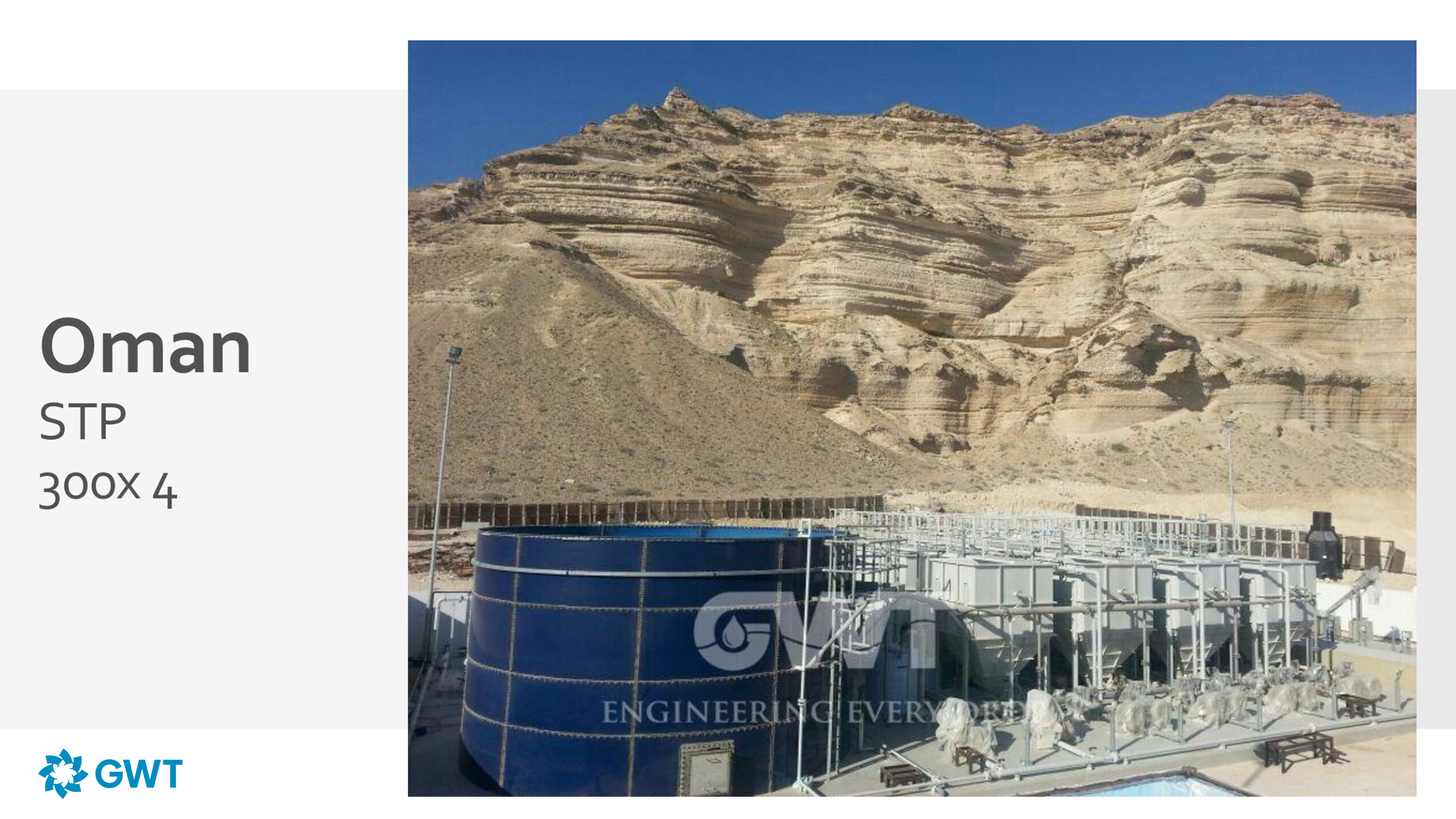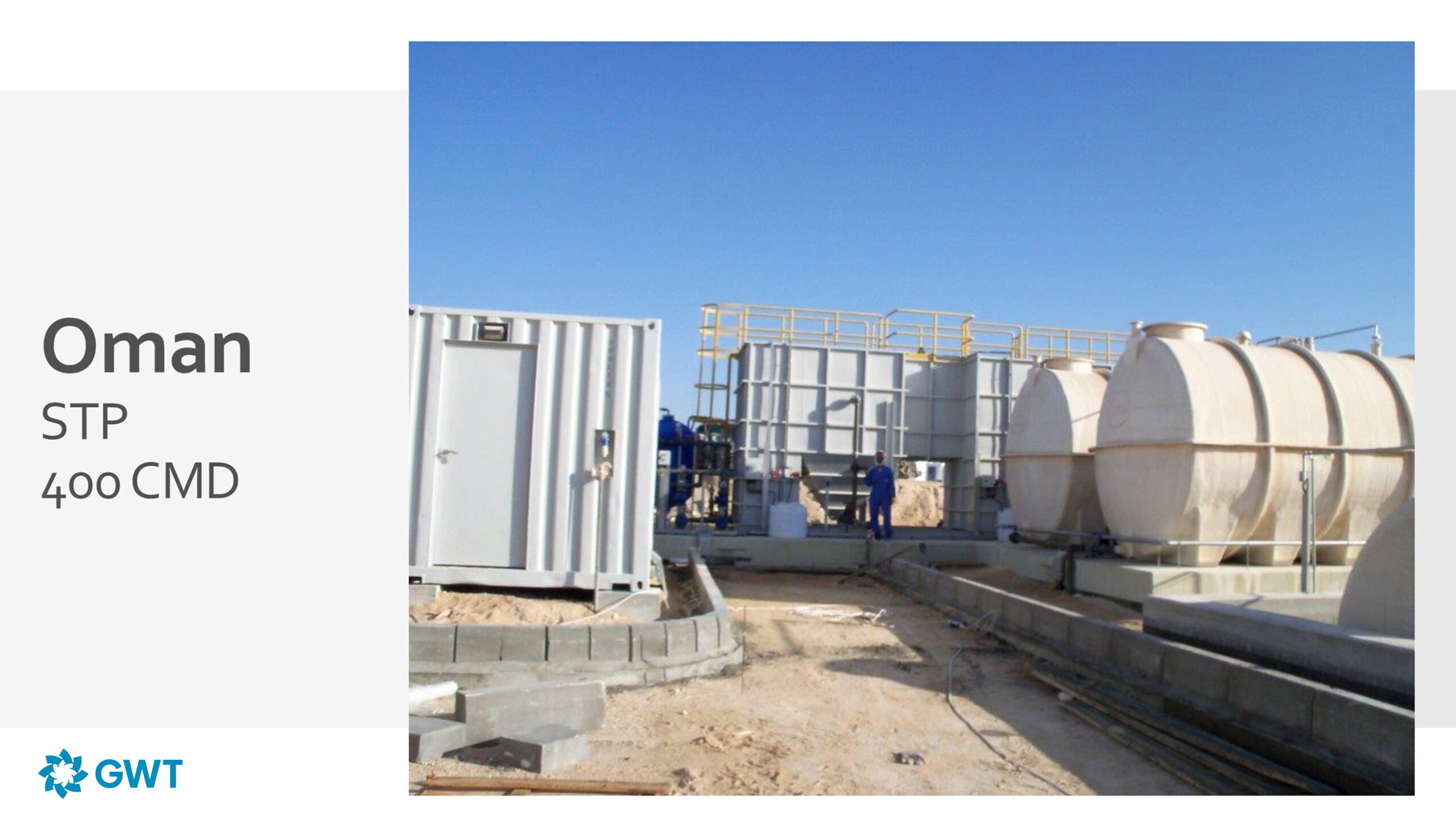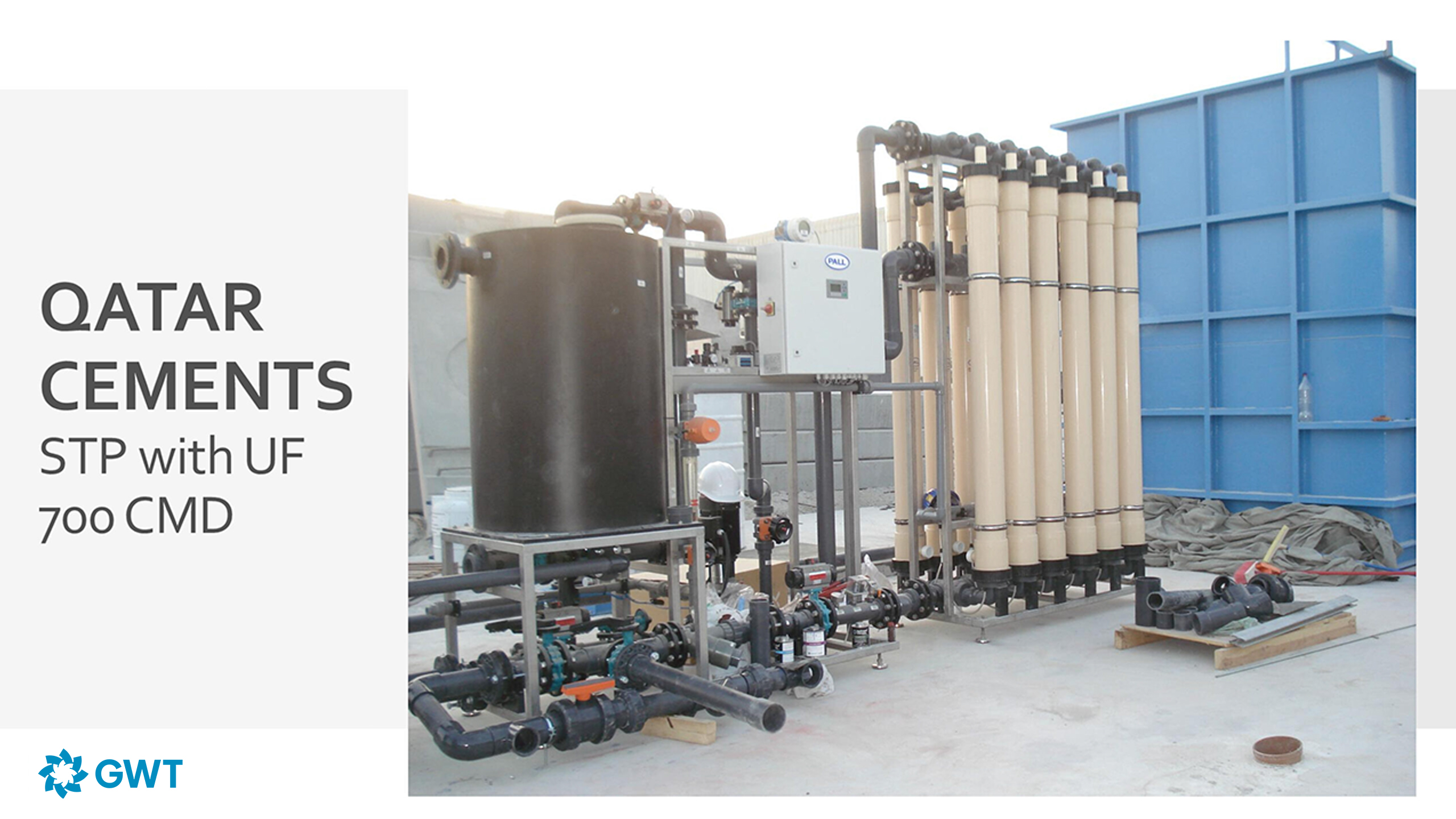GWT Booster Sets & Pumping Stations
How to Choose the Right Booster Set
Selecting the correct booster set depends on your water or wastewater needs. Consider these factors:
Flow Requirements
Understand the volume of water needed to meet your demands.
Pressure Needs
Calculate the pressure required for the effective distribution of water, even in systems with significant height differences.
System Size
Assess the size of your water distribution or wastewater management network.
Pumping Reliability
Opt for systems designed for maximum pumping reliability and durability.
Booster sets are used in various setups, including municipal networks, agricultural irrigation systems, and industrial applications. Always consult experts to address specific pumping requirements.
How GWT Pumping Station Works
GWT pumping stations are designed to transport water and wastewater efficiently. Here’s how they typically work:
Water Collection
Water enters pumping chambers, which contain tank pumps to move the water.
Pumping Process
The tank pumps the water to higher elevations or across long distances, ensuring uninterrupted distribution.
Control Mechanisms
Pumps are controlled using advanced systems to maintain consistent flow and energy efficiency.
Foul Drainage Management
For wastewater, foul drainage should be taken to treatment plants without leakage or disruption.
These stations are engineered to handle diverse conditions and ensure reliability in municipal, residential, and agricultural setups.
FAQs
What is a water booster set?
How many pumps does my water boosting set need?
The number of pumps depends on the flow and pressure requirements of your system. Larger systems may require multiple pumps.
What is a pumping station in a water treatment plant?
What is the purpose of a water pumping station?
Our Partners



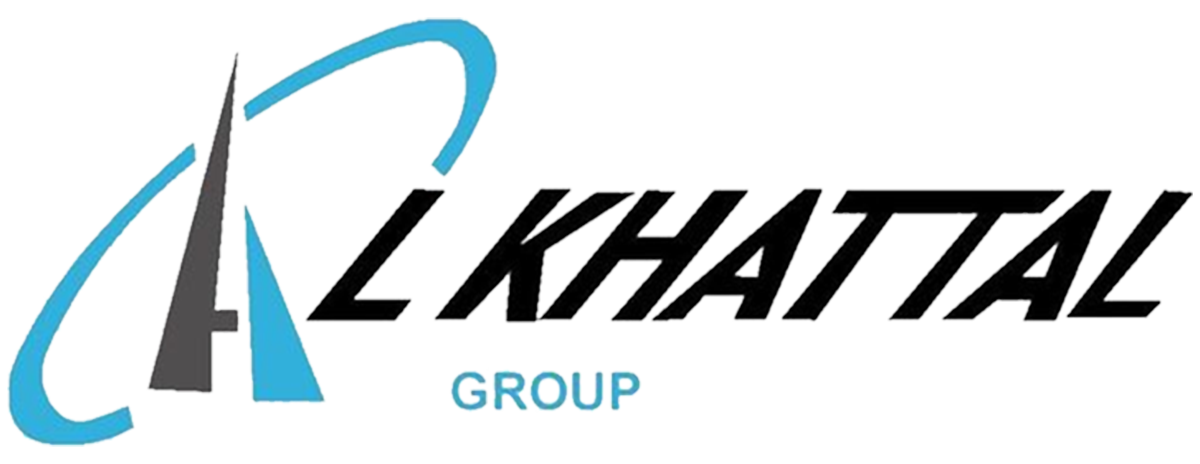

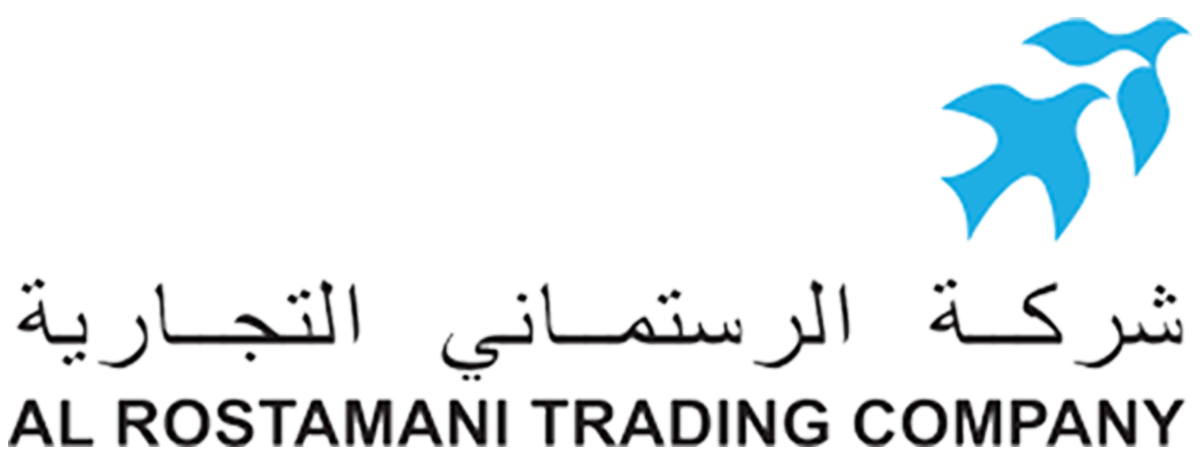


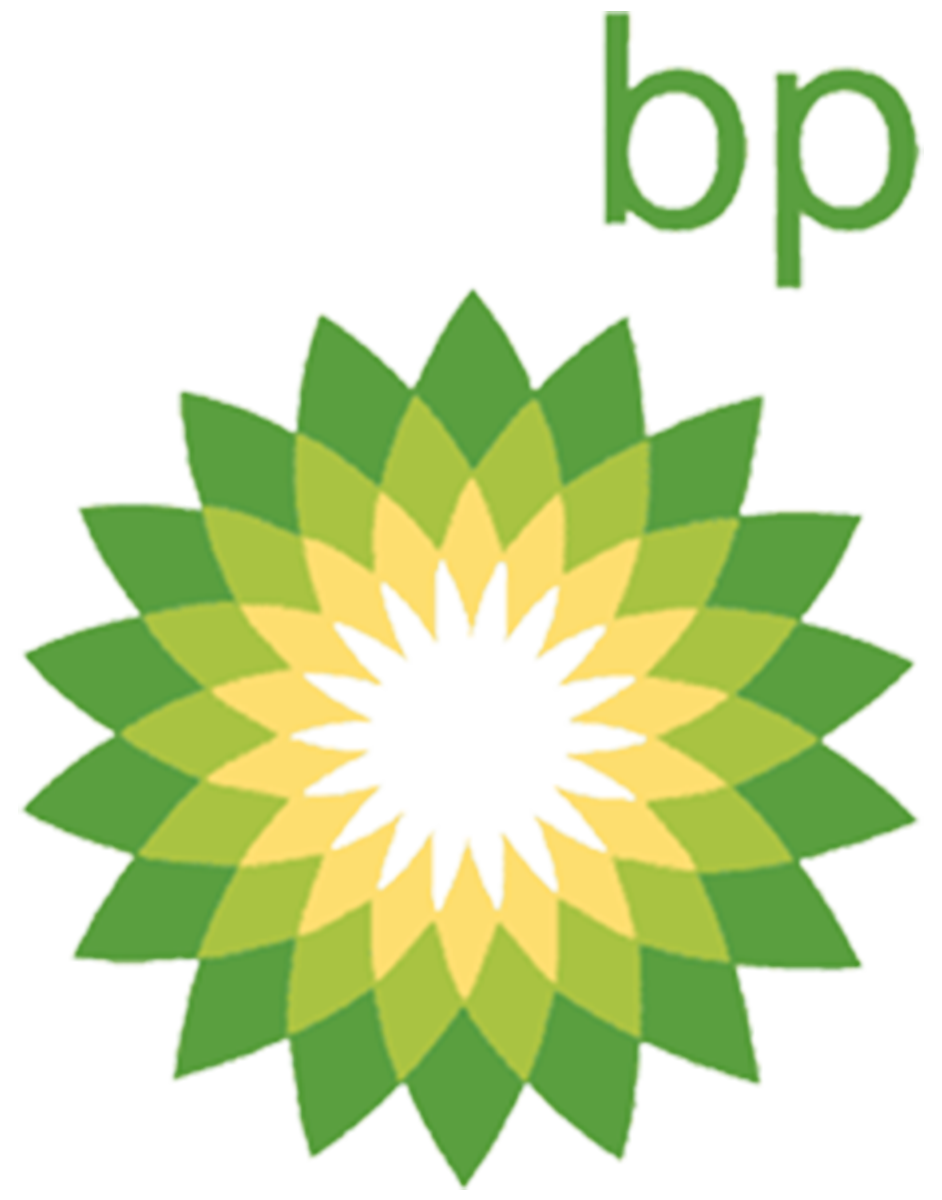
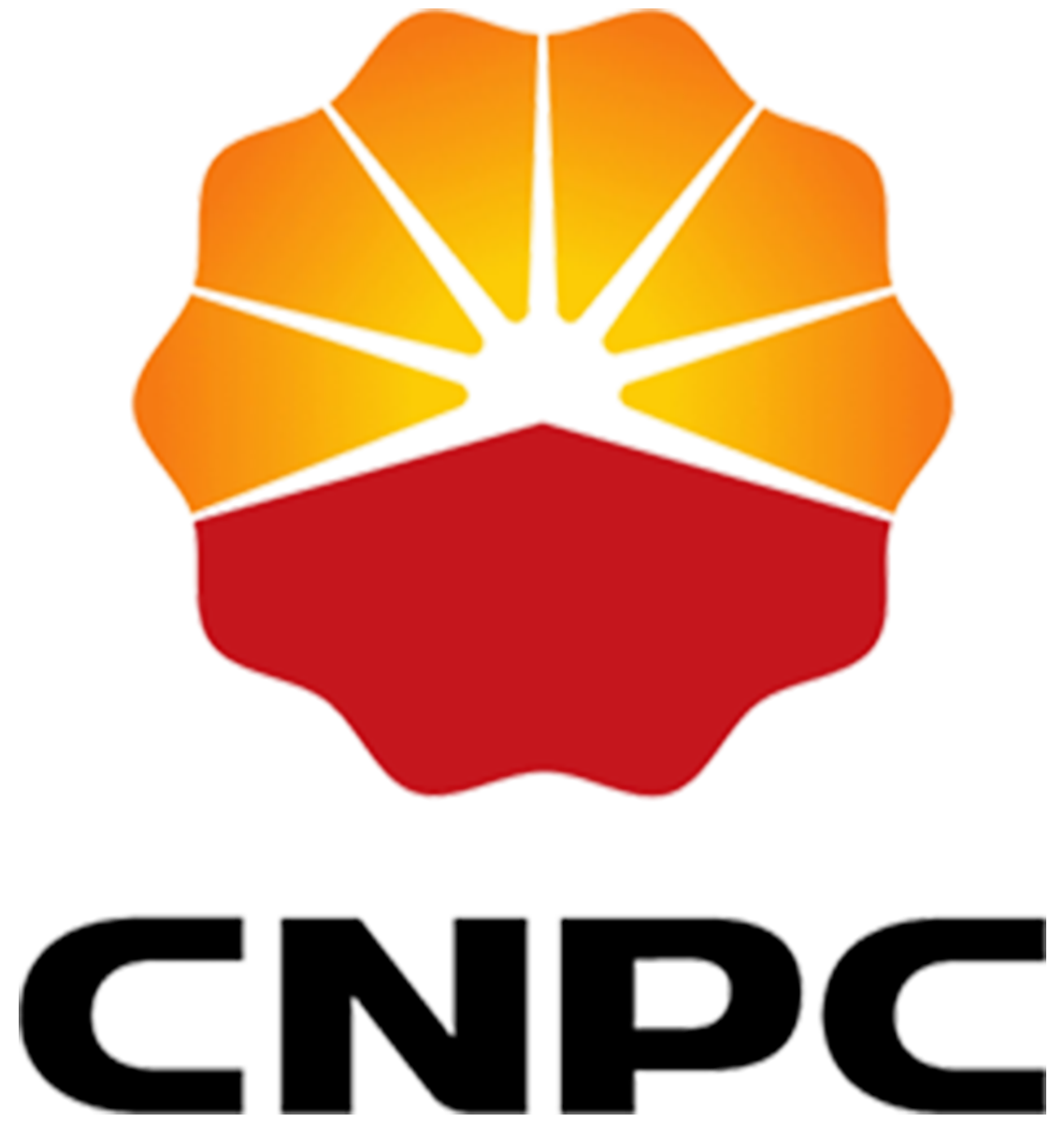

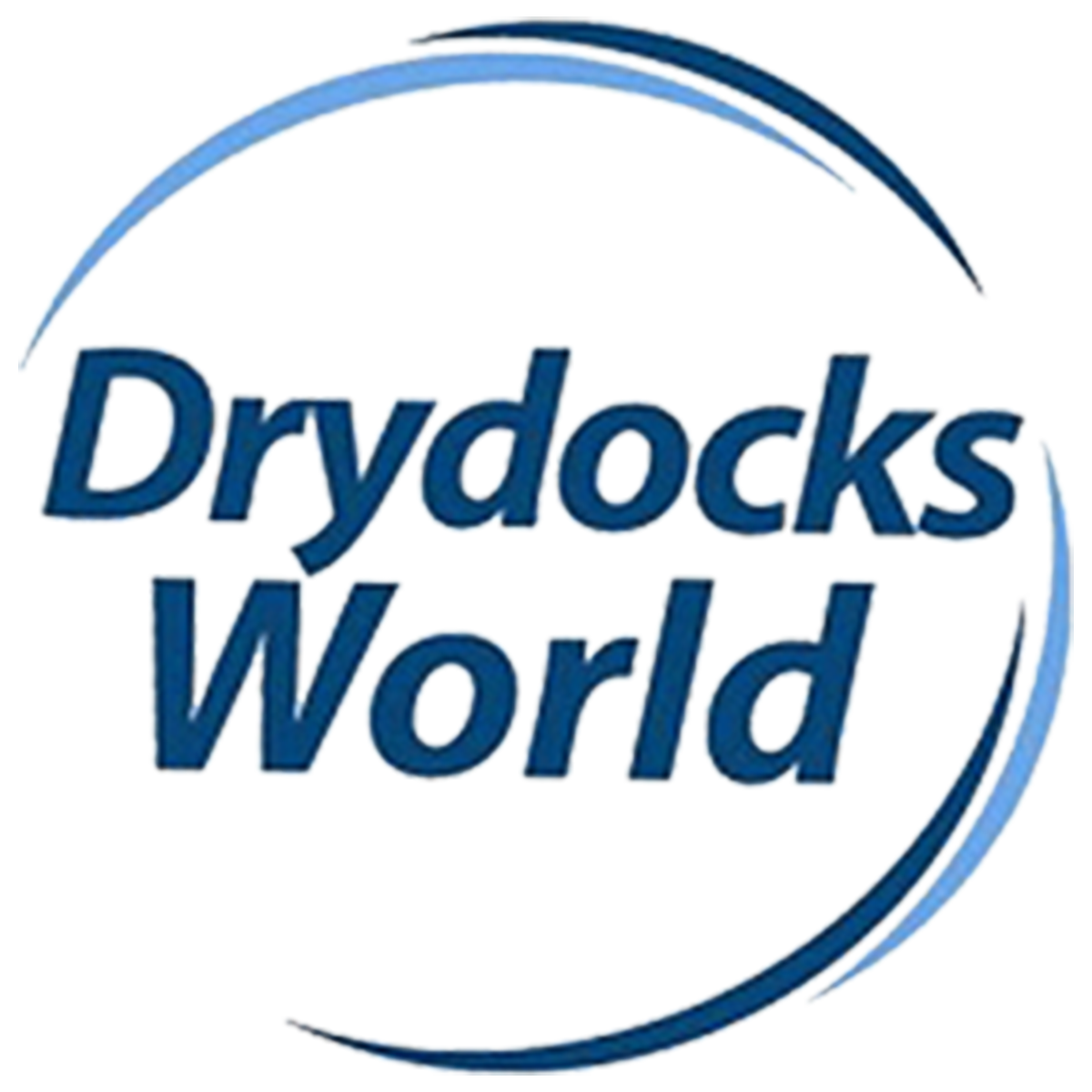












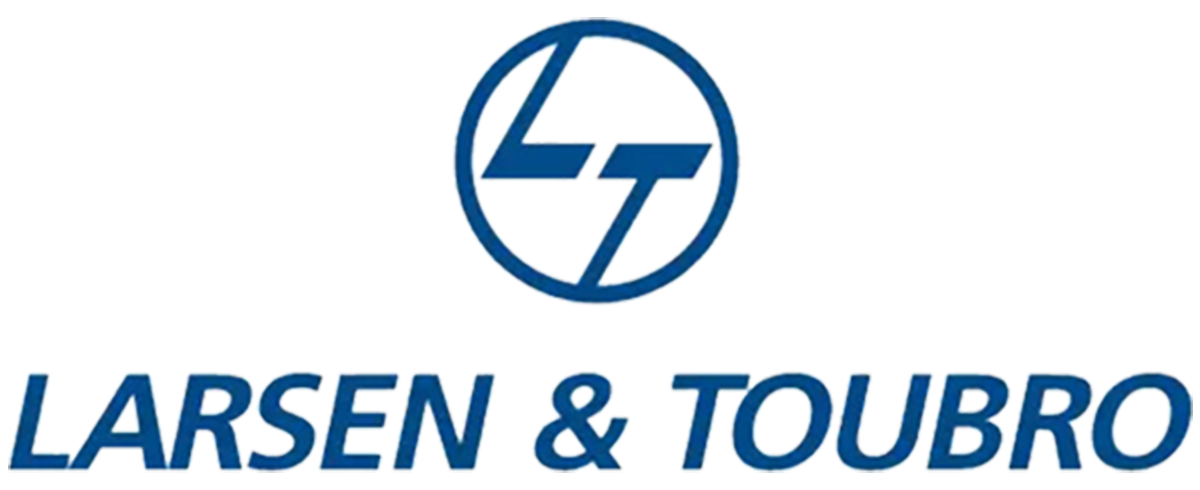

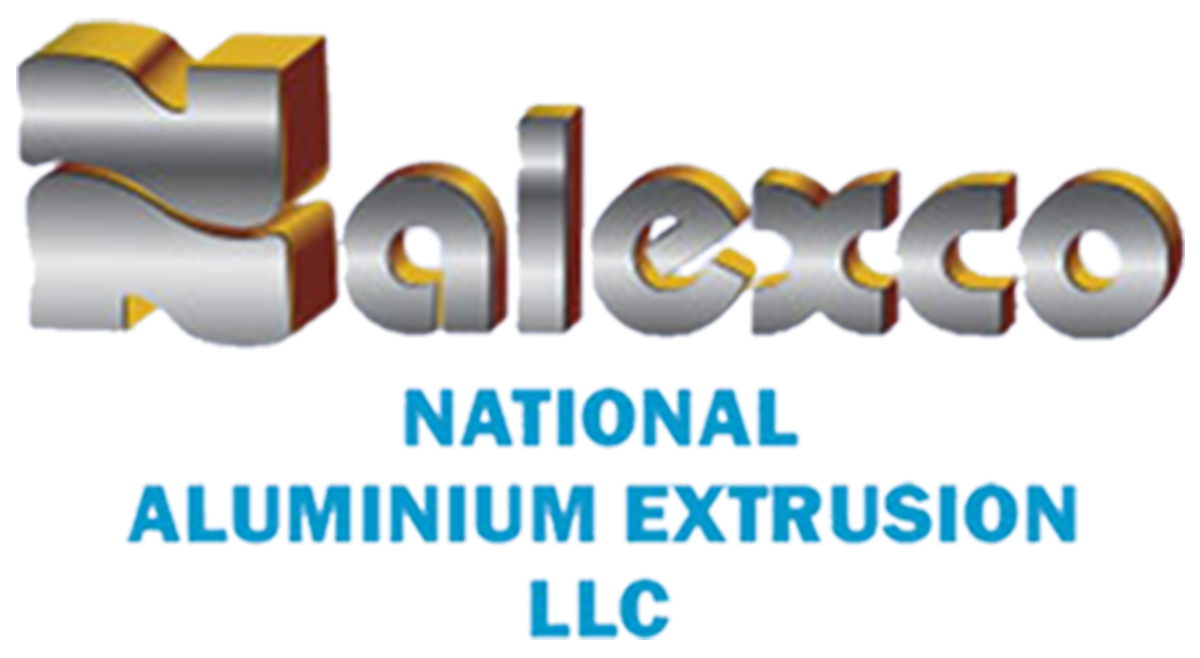


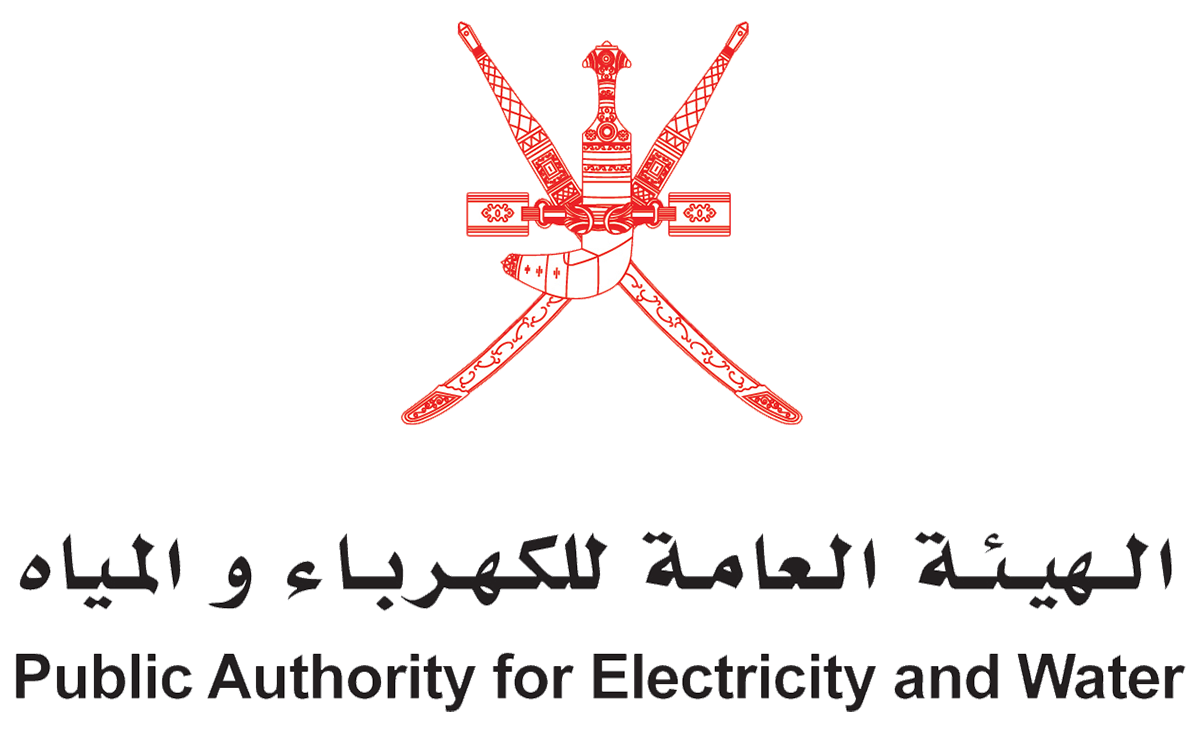

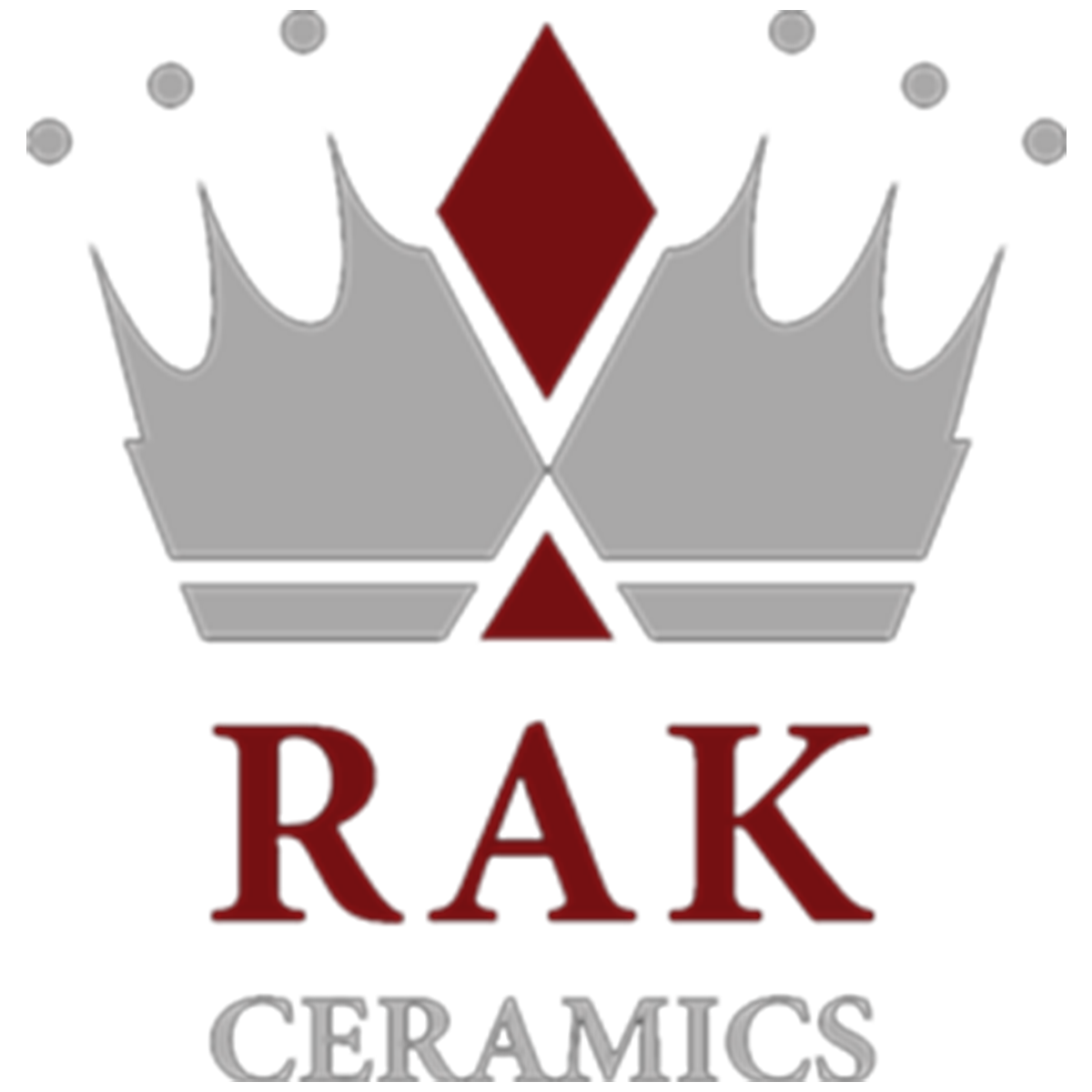


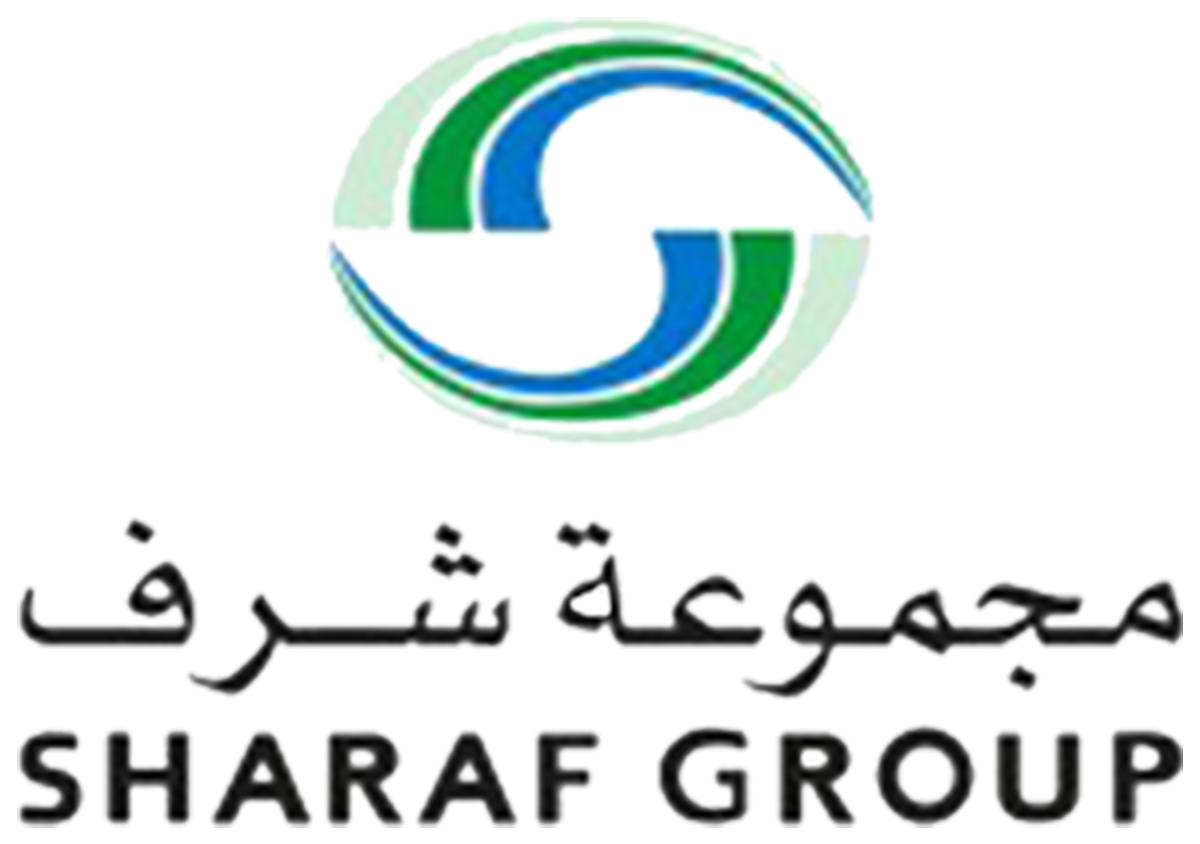





Our Projects

